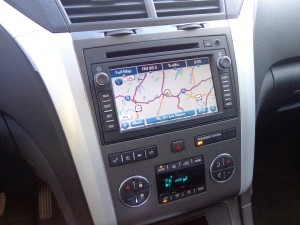 Driving on prescription drugs can be as dangerous as driving while intoxicated. With certain medications you may never realize that your reaction times or motor skills are compromised because you still feel okay. When taking prescription medication, be aware of the phrase “may cause drowsiness” on the label. Pertinent information is usually located right before dosage and directions.
Driving on prescription drugs can be as dangerous as driving while intoxicated. With certain medications you may never realize that your reaction times or motor skills are compromised because you still feel okay. When taking prescription medication, be aware of the phrase “may cause drowsiness” on the label. Pertinent information is usually located right before dosage and directions.
Watch for these active ingredients in allergy medications: diphenhydramine, chlorpheniramine, brompheniramine, clemastine and doxylamine. Additionally, you will find these antihistamines in cough medicine, cold tablets, flue therapies, or just about any drug that helps you rest.
We all force ourselves to work when we are sick, which means getting behind the wheel. Never drive immediately after taking medication because it might take up to 30 minutes to set in and you don’t want to be caught behind the wheel suddenly feeling loopy or tired. If you feel yourself nodding off then pull off the road and rest for a while until you feel awake enough to drive.
The Cunnane Law Office has provided this content for informational purposes only. You should refer your questions to a personal injury attorney.
www.cunnanelaw.com








 You Deserve an Advocate
You Deserve an Advocate